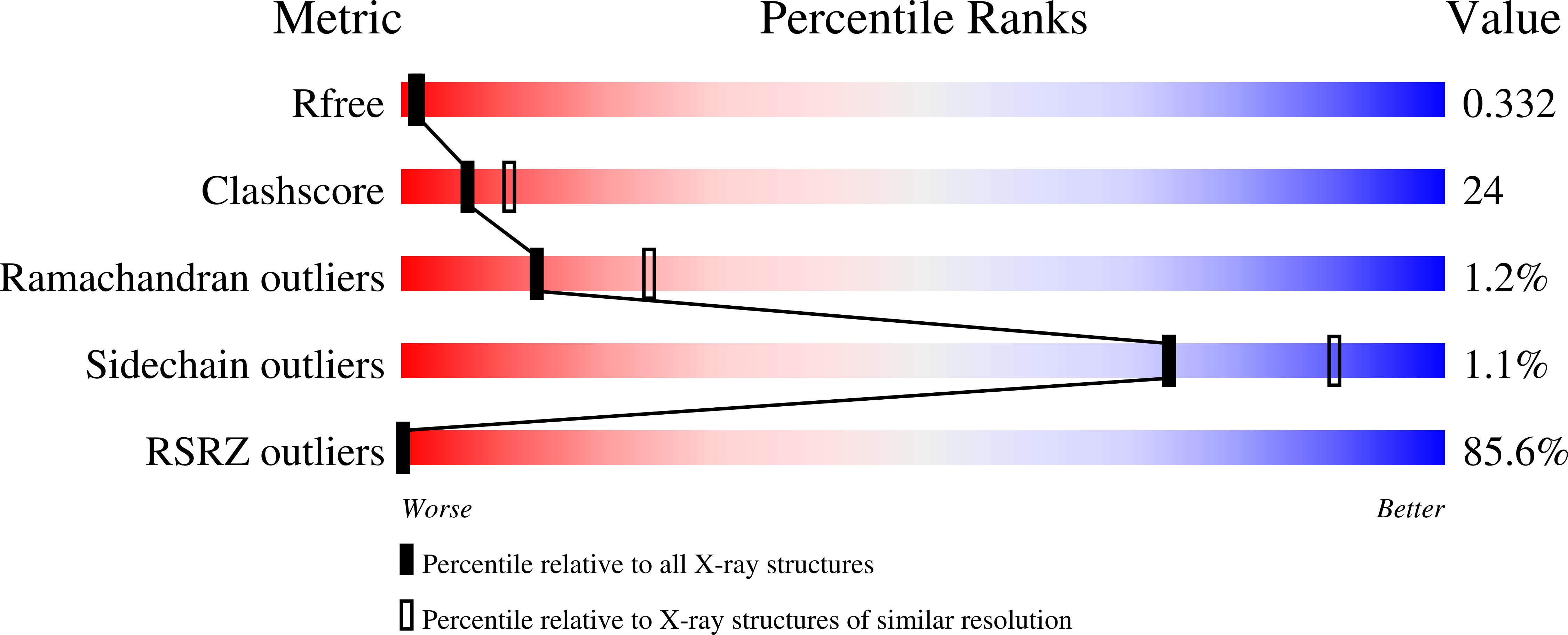
Deposition Date
2021-09-19
Release Date
2022-02-02
Last Version Date
2023-10-18
Method Details:
Experimental Method:
Resolution:
2.49 Å
R-Value Free:
0.33
R-Value Work:
0.32
R-Value Observed:
0.33
Space Group:
C 1 2 1


